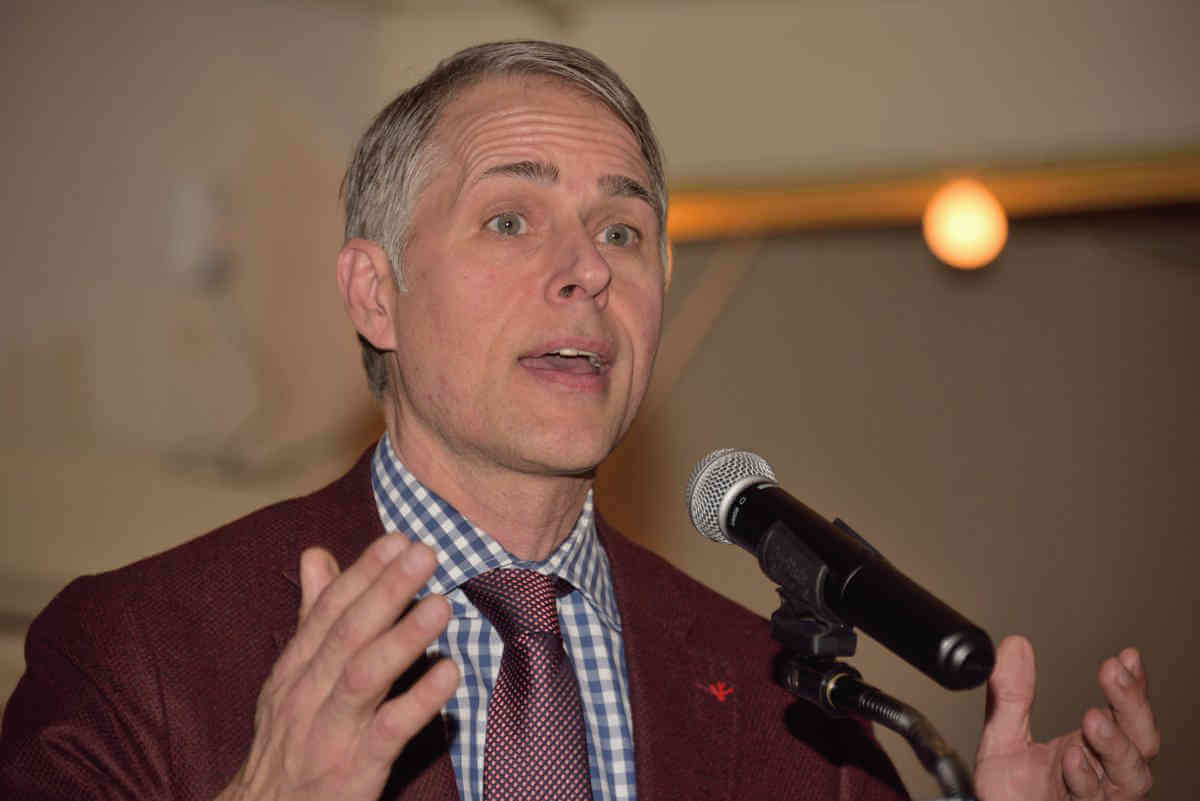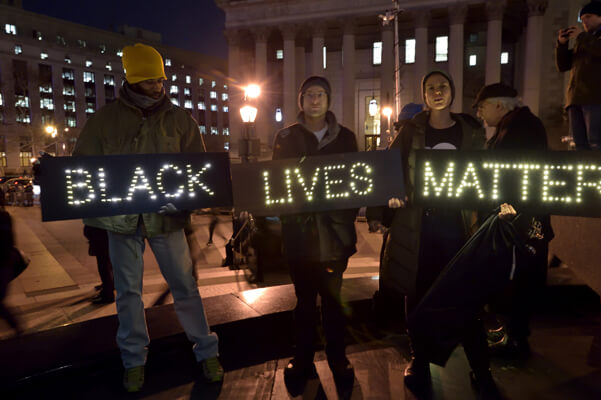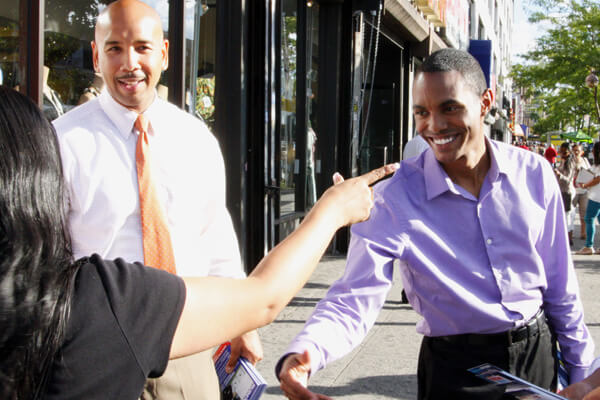The fight to eradicate HIV/ AIDS in New York has progressed in recent years, but health experts and elected officials are highlighting areas that must be addressed in order for the state to end the epidemic.
The state, the city, and a broad array of HIV groups embarked several years ago on a campaign to end the AIDS epidemic, which was defined as lowering new infections in the state to 750 annually by 2020 (and to 600 in the city). Questions have surfaced about the viability of the goal, however: While Governor Andrew Cuomo recently appeared to declare victory in the state’s campaign, officials told The New York Times that new diagnoses — a figure that is different than new infections, since not all HIV transmissions are detected promptly — were only on pace to be lowered to “a little more than 1,500 per year by 2020.” Health department spokespeople still voiced confidence that new infections would drop to 750 by next year, but the state has not yet released new infection data for calendar year 2018.
According to out gay Bronx Councilmember Ritchie Torres and Amida Care CEO Doug Wirth, the remaining challenges largely boil down to accessibility and affordability.
“To an extent not seen before, HIV has become a disease of poverty disproportionately affecting communities of color,” Torres told Gay City News. “The Bronx alone is home to 24 percent of New Yorkers living with HIV. The focus of public policy should be on breaking down the barriers to accessing PrEP that continue to plague communities of color.”
While the use of PrEP — which when used consistently is effective at preventing infection in HIV-negative people — is on the rise, it is not reaching men of color the way it is reaching white men. CDC data from 2014 to 2017 showed that PrEP awareness and use were lower among both Latinx and Black men compared to their white counterparts.
“Part of the challenge around PrEP is that 80 percent of new HIV diagnoses are among people of color, but 80 percent of PrEP uptake among Medicaid recipients has been among white men,” said Wirth, whose organization provides services to Medicaid-eligible HIV-positive individuals and those at risk for acquiring HIV. “We’ve got to increase conversations within social networks, healthcare providers, churches, faith communities, and bodegas.”
Wirth stressed that it also remains important for folks to continue getting tested for HIV. Knowing one’s status and staying virally suppressed if HIV-positive are crucial to the emerging U=U (undetectable = untransmittable) campaign to spread awareness that a person whose viral load is undetectable cannot transmit the virus to others. That campaign gained mainstream exposure when CNN’s Anderson Cooper explained U=U to viewers during an LGBTQ-focused Democratic presidential town hall in October.
Many of the remaining hurdles toward ending the epidemic in New York pertain to healthcare quality. Torres cited a lack of cultural competency among too many providers. There are providers, he said, who are not even aware of how to properly advise on the use of PrEP.
“There needs to be proactive outreach to men who have sex with men and who might face an elevated risk of HIV,” he said.
The absence of culturally competent providers also adds extra hurdles to the existing challenge of erasing stigma around healthcare services for men who have sex with men. Torres said an overall lack of access to preventative care in the Bronx and the persistence of homophobia among providers makes accessing healthcare even more of an obstacle.
A prime example of the intersection of cultural competency, access, and affordability is PrEP on Demand, an approach approved by the city’s Department of Health and Mental Hygiene that involves taking PrEP only around the time when a person is having sex. That approach eases the burden for those who are unable to afford PrEP, but comes with a regimen that is far more complex than a once-a-day pill, meaning those with incompetent doctors would lose out on the opportunity to learn properly about it.
PrEP costs are not a new concern. Congressmember Alexandria Ocasio-Cortez of the Bronx and Queens famously highlighted the price of PrEP during a hearing in May when she confronted Gilead CEO Daniel O’Day and demanded answers as to why PrEP costs $8 per month in Australia, but nearly
$2,000 per month in the US. Two months later, PrEP affordability was also addressed by Cuomo when his administration rolled out a package of initiatives that eliminated out-of-pocket PrEP costs for health insurance plans that cover millions of New Yorkers. Still, not every New Yorker is covered under that initiative.
Wirth explained that Amida Care’s PrEP program, which is available to its Medicaid-eligible clients, includes the medication, counseling, education, HIV risk assessment, lab testing, and more and is provided to members regardless of income status. Those enrolled are not asked to pay fees. Twenty-five percent of Amida Care’s transgender members who are HIV-negative are accessing PrEP, which Wirth described as a “good starting point” but said the number needs to improve considering that trans women of color are 59 times more likely to be HIV-positive than the general population.
Among those on Medicaid, there are daunting challenges. Wirth noted that 6,000 New Yorkers who have Medicaid are using PrEP, but that “our own data tells us that we need to increase the number to at least 30,000 in the Medicaid program by the end of 2020.”
“I think it’s a real challenge to achieve that barrier in the next year,” he said.
Those realities emphasize the need to cut costs where possible. For every infection prevented, $400,000 to $500,000 is saved across that person’s lifetime, Wirth pointed out.
“If you think about in New York, for every 2,000 infections we prevent, we save the New York State Medicaid program billions of dollars in future costs,” he said. “This is about putting resources towards prevention and treating HIV now, because it will cost us so much more in the long run.”
Whether the state will address the lingering issues to meet its timeline is yet to be seen. Gains in New York’s effort to eradicate the epidemic are clear, but in the face of profound gaps, as Torres said, “not everyone is reaping the benefits of the Truvada revolution.”




































